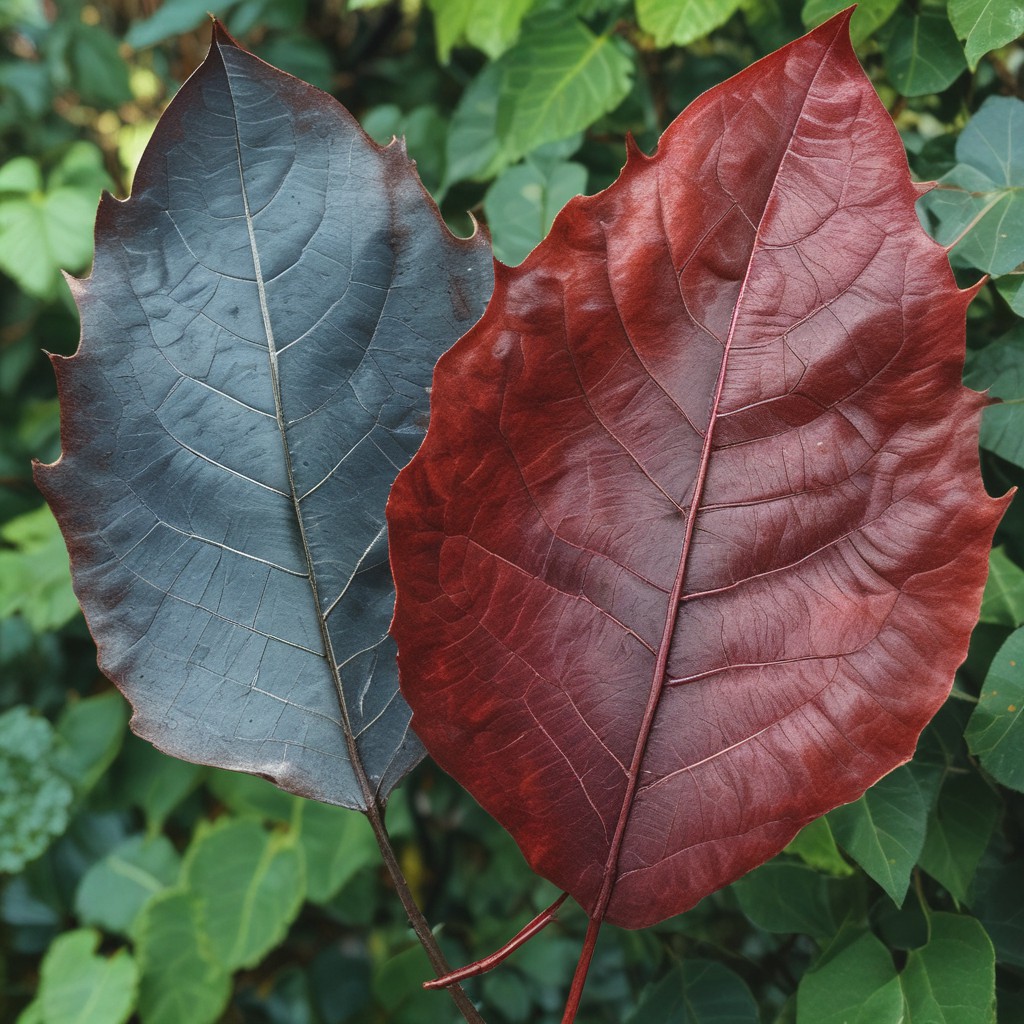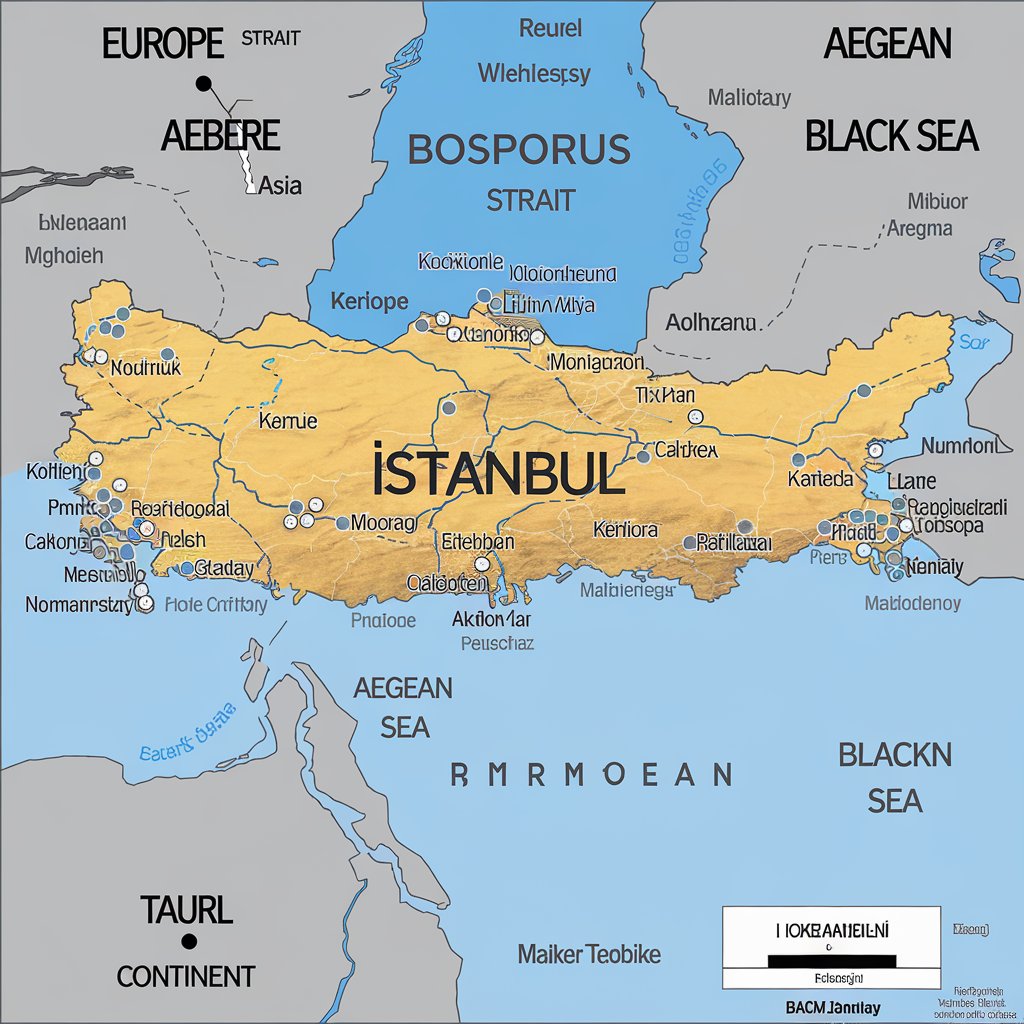Iron leaves are one of nature’s most unique and captivating creations. These stunning, metallic-looking leaves stand out due to their combination of natural beauty and a touch of something extraordinary. While they may appear to be made of iron, they are, in fact, a form of botanical marvel, combining the organic with a hint of the magical. If you’ve come across iron leaves in your garden or while exploring the outdoors, you’ve likely noticed their remarkable sheen and unusual texture.
In this blog, we’ll dive into the world of iron leaves, exploring where they come from, what makes them special, and how they’re different from regular leaves. Whether you’re a gardening enthusiast or someone just curious about the beauty of nature, understanding iron leaves can add a whole new level of appreciation to the plants around us. Let’s explore why these extraordinary leaves should be on your radar!
- What Are Iron Leaves? Understanding Their Unique Characteristics
- Iron Leaves in Nature: Where Can You Find Them?
- How Iron Leaves Stand Out from Regular Leaves
- The Fascinating Science Behind Iron Leaves and Their Growth
- Why Iron Leaves Are Perfect for Gardeners Looking for Something Unique
- Iron Leaves and Their Symbolism in Different Cultures
- Conclusion
What Are Iron Leaves? Understanding Their Unique Characteristics
Iron leaves are special plants that look almost like they are made of metal, but in reality, they are natural creations. They have a shiny, metallic look that makes them stand out from regular leaves. These leaves are not really made from iron, but they have properties that make them appear metallic. The texture is different from most leaves, often feeling smoother or harder.
What makes iron leaves unique is their appearance and texture. These leaves are found in some rare plants and are often appreciated for their unusual look. Their metallic shine is the result of special minerals or compounds in the plant, giving them a unique and striking visual appeal. While not many plants have iron leaves, those that do are highly valued in gardening.
Iron leaves can be used for decorative purposes in gardens, making them stand out. Their metallic look adds an interesting element to landscaping. Whether used alone or with other plants, iron leaves can create a beautiful contrast in any garden.
Iron Leaves in Nature: Where Can You Find Them?

Iron leaves are not found everywhere, but they do grow in specific places. You can usually spot them in tropical or subtropical climates, where the plants have adapted to survive in tough conditions. These plants often thrive in well-drained soil and require specific temperature ranges.
The most common plants that have iron leaves are found in Asia and parts of South America. In these areas, iron leaves can be spotted growing in forests, gardens, or even urban landscapes. They tend to grow in areas with higher mineral content in the soil, which is why their metallic appearance is so strong.
- Tropical forests are one of the most common places where iron leaves are found.
- Urban gardens sometimes have them because gardeners like their unique look.
- Mountainous areas with mineral-rich soil also support the growth of these plants.
While they may not be as easy to find as common plants, iron leaves still play a crucial role in their native ecosystems by contributing to the local biodiversity.
How Iron Leaves Stand Out from Regular Leaves
What makes iron leaves different from regular leaves is their ability to reflect light and shine. Unlike most leaves that have a matte finish, iron leaves give off a metallic gleam. This feature is due to the minerals and compounds they absorb from the soil around them. These leaves not only look different but also feel different when touched.
Another way iron leaves stand out is by their texture. While regular leaves can feel soft or rough, iron leaves tend to feel harder and more resilient. This is because of the special properties they develop from absorbing minerals from the soil. They often have a more durable surface that can resist wear and tear much better than regular leaves.
Iron leaves are also known for their longer lifespan compared to regular leaves. Their strong structure allows them to survive harsh weather conditions that would usually damage softer leaves. This makes them ideal for certain climates where other plants may struggle.
The Fascinating Science Behind Iron Leaves and Their Growth
The secret behind iron leaves lies in the soil and minerals around them. These plants absorb high amounts of iron and other metals, which are then transferred to their leaves. Over time, this process leads to the formation of their unique metallic sheen. The plant’s ability to process minerals in this way is a fascinating aspect of its biology.
Iron leaves grow slowly because they need time to absorb the right minerals to create the metallic effect. This is why they are not found in every garden or forest. The soil needs to be rich in iron and other trace elements for the plant to develop its signature look. This slow growth can also make iron leaves more valuable to gardeners.
- Mineral absorption helps create their distinctive look.
- Slow growth is a natural feature of these plants.
- Rich soil supports the development of their metallic properties.
These unique characteristics make iron leaves not only beautiful but also interesting from a scientific perspective. Their growth process is a natural wonder!
Why Iron Leaves Are Perfect for Gardeners Looking for Something Unique
If you are a gardener looking for something different, iron leaves are a fantastic choice. Their unusual metallic look can transform any garden into a visually striking space. Unlike most plants that blend into the background, iron leaves grab attention with their shine and texture.
Iron leaves are also very durable, which makes them ideal for gardeners who want low-maintenance plants. Since these plants can survive tough conditions and don’t need constant care, they are perfect for busy gardeners or those new to the hobby.
- Visual appeal: The shiny, metallic look can be a standout feature in any garden.
- Low-maintenance: Iron leaves are strong and need minimal care, making them easy to grow.
- Durable: They last longer than many other plants, making them a worthwhile addition.
Gardeners who want to create a unique outdoor space will find that iron leaves are a great way to add an unexpected element of beauty and strength.
Iron Leaves and Their Symbolism in Different Cultures

Iron leaves are not just admired for their appearance; they also hold cultural significance in various societies. In some cultures, iron leaves are seen as a symbol of strength and resilience due to their tough texture and appearance. The idea of something delicate like a leaf being made of something as strong as iron makes it a powerful symbol.
In other cultures, these leaves are thought to bring good luck and protection. The shiny, metallic quality of the leaves is believed to ward off negative energy, making them a popular choice for home decorations. Whether in ancient rituals or modern-day beliefs, iron leaves hold a special place in many traditions.
- Strength and resilience: Iron leaves symbolize power in many cultures.
- Good luck: Some believe these leaves bring protection and positive energy.
- Cultural significance: They are valued for their symbolic meaning, as well as their appearance.
Understanding the cultural meanings behind iron leaves can give you a deeper appreciation for their beauty and uniqueness.
Conclusion
Iron leaves are truly special plants that add a unique touch to any garden or natural space. Their metallic look and strong texture make them stand out from regular leaves. If you’re looking to add something different to your garden, iron leaves are a great choice because they require minimal care and can thrive in tough conditions. They bring both beauty and resilience to any landscape, making them a perfect addition for gardeners of all skill levels.
Not only do iron leaves have a striking appearance, but they also carry cultural significance and can symbolize strength and protection. Their unusual look is a result of the minerals they absorb from the soil, creating a truly one-of-a-kind leaf. Whether you’re fascinated by their beauty or the science behind them, iron leaves are a great way to explore nature’s wonders.
FAQ
Q: What are iron leaves?
A: Iron leaves are leaves from plants that have a shiny, metallic appearance. They are not actually made of iron, but absorb minerals that give them a metallic look.
Q: Where can I find iron leaves?
A: Iron leaves are often found in tropical and subtropical areas. They grow in mineral-rich soils and can be spotted in places like tropical forests or urban gardens.
Q: Do iron leaves need special care?
A: No, iron leaves are low-maintenance. They can survive in tough conditions and don’t require much care, making them perfect for busy gardeners.
Q: Why do iron leaves look metallic?
A: Iron leaves get their shiny look because they absorb minerals like iron from the soil. These minerals give the leaves their distinctive, metallic appearance.
Q: Are iron leaves good for landscaping?
A: Yes, iron leaves are great for landscaping. Their unique shine adds beauty and interest to gardens, making them a standout feature in any outdoor space.




